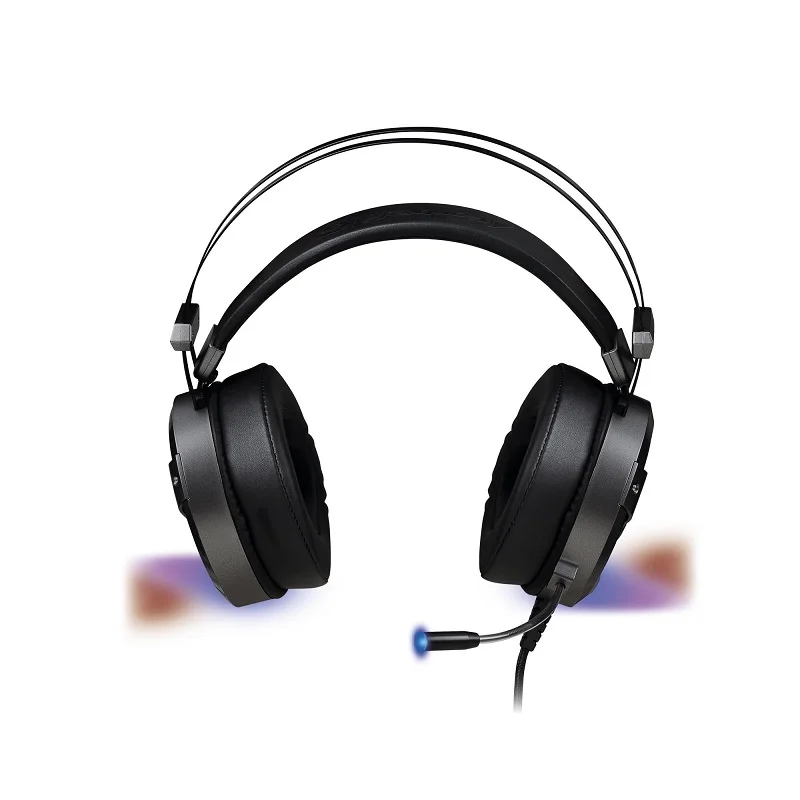
He often painted with the canvas propped against a wall, scooping pigment from paper-towel palettes or applying it directly from the tube. The physicality of Wong’s process was evident around us. He applied paint urgently, in divergent gestures-thick impasto beside mesmerizing pattern work, or even areas with no paint at all-that cohered in an unsteady harmony. But it is also possible to ignore the representational elements and receive the images as pure abstraction. Trees take on the shape of leaves forests take on the appearance of folkloric embroidery. Wong bent perspectival space to fit his own emotional coördinates, and he allowed discrete categories to dissolve into dream dialectics: what is inside might be outside, or the other way around. Spectral icebergs-vulnerable, tentative, lost-drift in glasslike seas. A milky tundra extends across a horizon, looking soft, opulent, ominous.

Midnight forests glow, somehow, without light, by a painterly magic. Though not surreal, they are the product of reverie: poetic concoctions inspired by memory, stray ideas, or the paint itself as he compulsively worked it. Wong’s paintings-mostly imagined landscapes-are portals to luminous, vibrant, moody places. She had warned me that she could tolerate only a brief time inside. Monita and I entered an antechamber, where some canvases were stacked, and she paused. She drove him to the studio every day that he went there, and has kept paying rent on the space in the hope of reconstituting it, object for object, in a building in Edmonton that will house the Matthew Wong Foundation, which she firmly controls. Monita was Matthew’s business manager, confidante, and omnipresent companion, and she still speaks about him in the present tense. Since her son died, she has sought to protect his legacy and, still grieving, has barely given interviews. I arrived at Wong’s studio with his mother, Monita: tall, rail thin, elegant, her hair tightly pulled back. In the three years since his death, the art market has been in a frenzy over his work, with prices escalating to multiple millions, and the rabid auctioneering has helped to shape his story into the caricature of a brilliant but tortured outsider: another Basquiat, another van Gogh. Wong, who was diagnosed as having depression, Tourette’s syndrome, and autism, conducted most of his relationships through social media, and even some of his closest contacts found him hard to know. This institutional recognition has been accompanied by a crasser kind of interest. Wong’s paintings have been acquired by MOMA and the Met.

After Wong took his life, the Times proclaimed him “one of the most talented painters of his generation.” Museums began assembling his art into major exhibitions, with one currently at the Art Gallery of Ontario and a retrospective opening this year at the Dallas Museum of Art. “One of the most impressive solo New York debuts I’ve seen in a while,” the critic Jerry Saltz wrote, in 2018. In Wong’s lifetime, his work was heralded-remarkably so, given that he was largely self-taught and spent no more than seven years with a brush in hand. He played with a dizzying array of artistic references, but he shared the early modernists’ conviction that oil on canvas could yield intimate and novel forms of expression. For years, unknown to the other tenants, he came to paint-producing, in a furious outpouring, works of astonishing lyricism, melancholy, whimsy, intelligence, and, perhaps most important, sincerity.

Wong’s studio, protected by a metal door and an alarm, is tucked into a corner office on the second floor. One part of the facility is devoted to a manufacturer of industrial lubricants, another to a food-processing company. The squat building that houses Wong’s workspace-which remains as he left it, with barely a brush moved-has more loading docks than doors, and stands before a parking strip that can accommodate eighteen-wheelers. The neighborhood is industrial, but not in an arty way. Matthew Wong, the gifted Canadian painter who died by suicide at the age of thirty-five, just before the pandemic, worked from a studio in Edmonton, on the east side of the North Saskatchewan River. This content can also be viewed on the site it originates from.


 0 kommentar(er)
0 kommentar(er)
